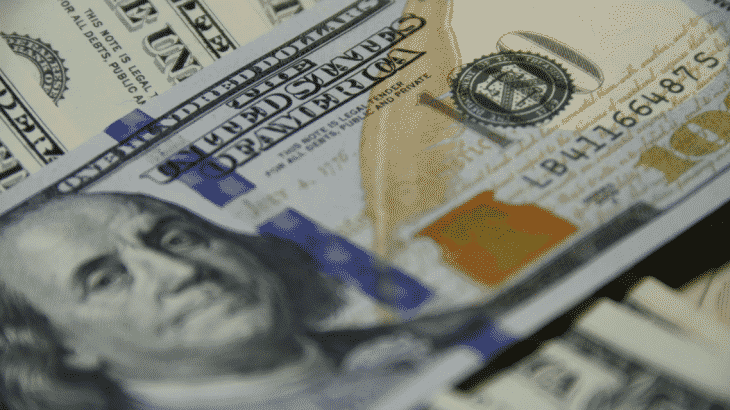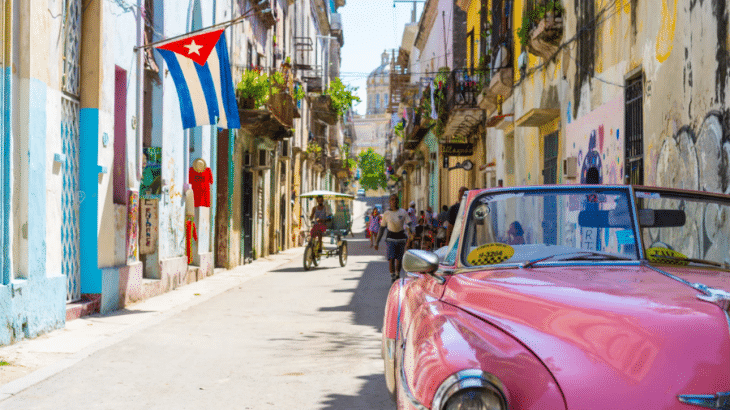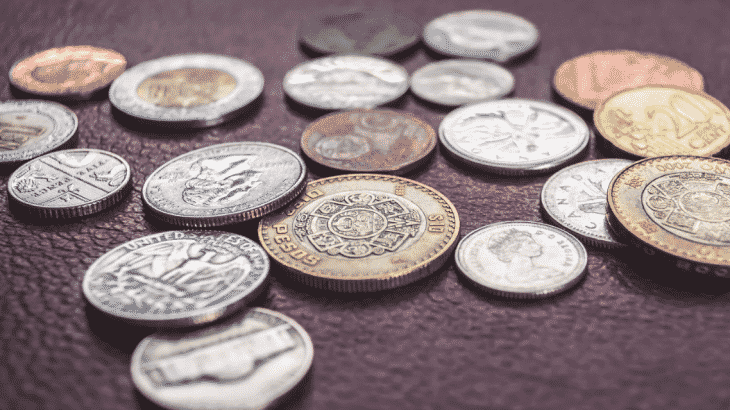The Caribbean is a diverse mix of territories, dependencies and sovereign nations. As such, there’s a similarly confusing brew of currencies to sift through when planning travel to the region. US-originating travelers may find the cash in their wallet is widely accepted on some Caribbean islands (or even the official currency), while others may require local tender.
Knowing what currency is in local use helps travelers in the planning stages of a beach vacation, from whether it’s sensible to pre-pay for accommodations in US Dollars for more predictable budgeting, or pick up local cash at the airport for gratuities and small purchases.
Here’s a quick list of the types of currencies in play in the Caribbean region to help with planning.

US Dollar
Not surprisingly, the US Dollar is the official currency of US territories in the Caribbean, including Puerto Rico and the US Virgin Islands. The greenback is also the sole legal tender in the British Virgin Islands, Turks & Caicos, Caribbean Netherlands (Saba, Sint Eustatius and Bonaire). Panama also considers the US Dollar legal tender, but concurrently issues its own currency, the Balboa, at par value.

Pegged Currencies
Many nations in the Caribbean print their own currencies, but the values are pegged to the U.S. Dollar. In some countries, the currencies are pegged at a one-for-one conversion and are used interchangeably (although change may be given in local currency in some areas with less visitor traffic). Countries and territories with their own currencies that exchange to the US Dollar one-for-one include the Bahamas and Bermuda.
Belize and Barbados are exchangeable at a set two-to-one rate; Aruba, Curaçao and Sint Maarten print two currencies between them which are exchangeable at the same rate. The Cayman Islands Dollar also maintains steady exchange value. The East Caribbean Dollar pegs to the U.S. Dollar and is used in Anguilla, Antigua & Barbuda, Dominica, Grenada, Montserrat, St. Kitts & Nevis, St. Lucia and St. Vincent & the Grenadines.

Floating Currencies
Other Caribbean countries and territories publish currencies that “float” in value relative to the dollar. Travelers will use floating currencies in Mexico, Trinidad & Tobago, Jamaica, Haiti, Honduras, the Dominican Republic, Colombia and Costa Rica.
The French Overseas Departments of Guadeloupe, Martinique, St. Barthélemy and St. Martin all use the Euro. St. Martin shares the same island with the Dutch St. Maarten, and both local currencies are often accepted alongside the U.S. Dollar.

Cuba
American visitors to Cuba must buy the Convertible Peso, as the U.S. Dollar is no longer accepted on the island. The Convertible Peso cannot be exchanged outside Cuba, so it should be exchanged to another currency before departing. Cuba has announced plans to phase out the Convertible Peso, but this has not been realized as of press time. The U.S. Dollar is also subject to an exchange tax that is not levied on other currencies, so visitors carrying other currencies to Cuba can exchange them more favorably than the dollar.

Basic Tips for Exchanging Currencies
Local currency is often best obtained on arrival by changing cash at an exchange desk or using an ATM (often located immediately next to the exchange desk). Inform your bank before attempting to withdraw cash at an ATM outside the US and ask about foreign exchange fees—sometimes they can be significant, even for small withdrawals. Leave coins behind as tips or donations, or keep them as souvenirs—exchange desks usually don’t change coins.


